Irrepressible Conflict or Blundering Generation? The Comi…
Por um escritor misterioso
Last updated 28 março 2025
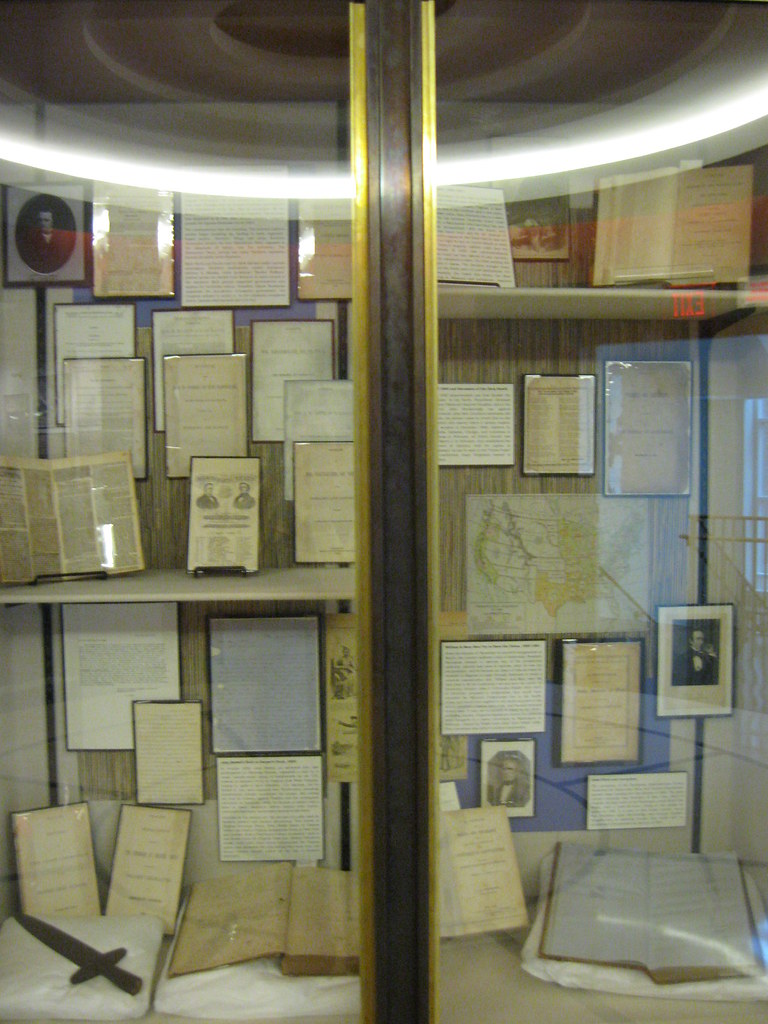
Shown here are images from the exhibit "Irrepressible Conflict or Blundering Generation? The Coming of the Civil War," on display in the Marshall Gallery (first floor rotunda) and the Special Collections Research Center Lobby in Swem Library at the College of William and Mary. The exhibit will be on display from April -September 2011. The following is taken from the label text presented in this case: The Kansas-Nebraska Act of 1854 and Bleeding Kansas: Democrat Stephen Douglas of Illinois, who had been Henry Clay’s top lietenant during the crisis of 1850, did not intend to stir up sectional conflict when, as chair of the Committee on Territories, he proposed that Kansas and Nebraska be organized as territories on the basis of popular sovereignty. He just wanted to build a railroad west from Chicago, and he needed territorial governments to be established to do that. But he blundered. By the Missouri Compromise, which the act repealed, this territory was supposed to be free. After intense debates, Congress passed the Kansas-Nebraska Act in 1854. The consequences were far-reaching. The national political parties began breaking up, leading to more regionally-based parties. Northern Whigs and some Northern Democrats formed the new Republican Party, opposed to the expansion of slavery into the territories. The Democratic Party, having lost many Northern members, became decidedly more Southern. Both North and South tried to claim Kansas under popular sovereignty. Northern abolitionists rushed antislavery settlers to Kansas, while proslavery “Border Ruffians” poured across the border from Missouri to seize control of the elections. Both groups organized governments and applied for territorial status. President James Buchanan supported the pro-slavery Lecompton government, but Congress refused to accept it. As the displayed scrapbook shows, Kansas disintegrated into civil war. Dred Scott v. Sandford, 1856-1857: The Supreme Court blundered in the case of Dred Scott v. Sandford. Scott was an enslaved man, once the property of the Blow family of Southampton County, Virginia. A later owner had taken him into a free territory and a free state, where he lived for some years, then returned him to a slave state. Scott sued for his freedom. Supreme Court Chief Justice Roger Taney, a Marylander who had freed his own slaves, nonetheless sympathized with the South and wanted to settle the issue once and for all. Instead of simply refusing Scott’s appeal on the basis that he was not a citizen and had no right to sue in courts (which is what Taney believed), Taney’s majority opinion ruled that the Missouri Compromise of 1820 was unconstitutional, because Congress could not ban slavery in any territory, and therefore Scott remained a slave. Far from settling the issue, Taney made it worse. The decision enraged many people throughout the North and not just abolitionists. For Dred Scott personally, the result was better; the Blow family, now living in Missouri and antislavery, regained ownership of Scott and freed him. John Brown’s Raid on Harper’s Ferry, 1859: In October 1859, John Brown, an extremist who had participated in Bleeding Kansas, organized a raid by a small, racially-mixed group of abolitionists on the U.S. arsenal at Harper’s Ferry in Virginia [now West Virginia], hoping to ignite a slave rebellion. U.S. Marines, led by Robert E. Lee, soon captured him. Northerners, including abolitionists, initially repudiated his actions. But during his trial for treason against Virginia and his subsequent execution in December 1859, he became a martyr and a hero to many. Southern whites reacted with horror, convinced that many Northerners wanted to kill them. Included in this section are the top part of a pike used by Brown’s raiders and various documents. Two letters to Virginia Governor Henry Wise (W&M Board of Visitors 1848)—one from a Virginia sympathizer living in New York and another from a Northerner—warn of possible raids to free Brown from the Charles Town jail. William Taliaferro (W&M 1839/1842, later rector) commanded the Virginia militia that protected the area during this tense time; the bound volume records orders for the day of Brown’s execution. John Floyd and Corruption: The corruption of the Buchanan administration further weakened the Democratic Party and handed Republicans another issue heading into the election of 1860. The most corrupt reputedly was Secretary of War John Floyd of Virginia. He kept track of his Washington social life in this ledger, with a street-by-street listing of the people he visited in 1858. It is open to New Jersey Avenue, where Vice President John Breckinridge and Senator Stephen Douglas lived in adjoining houses; they would both be candidates in the presidential election of 1860. The Election of 1860 and Secession of the Deep South: The election of 1860 demonstrated just how divided the nation had become. In the North, Republican Abraham Lincoln ran against Democrat Stephen Douglas, and in the South, Democrat John Breckinridge ran against Constitutional Unionist John Bell. Southern extremists did not believe Lincoln, the winner, when he vowed that he did not wish to interfere with slavery where it already existed. South Carolina seceded in December 1860, followed by Mississippi, Florida, Alabama, Georgia, and Louisiana in January and Texas in February, all before Lincoln was inaugurated on March 4. In February, they established the Confederate States of America, with its capital at Montgomery, Alabama. As can be seen in the “Union Poem” and Botetourt resolutions, many Virginians wanted to remain in the Union. William & Mary Men Try to Save the Union, 1860-1861: From the election in November to Lincoln’s inauguration in March, the country suffered a lack of leadership. President Buchanan refused to exercise any of his presidential authority. Lincoln had none to exercise, since he was not yet president, and he became an object of ridicule when he sneaked in disguise at night through Baltimore to avoid a rumored assassination plot. William and Mary men did their best to fill the leadership void and save the nation. In December, Senator John J. Crittenden (W&M 1805/1807) of Kentucky proposed a compromise that would have extended the Missouri Compromise line to the Pacific Ocean and would have applied to any lands acquired in the future, provided a federal slave code, and banned personal liberty laws. It was not acceptable to many in the North, including Lincoln. Virginia’s legislature invited the states to send delegates to a peace convention in Washington in February, chaired by W&M rector John Tyler (W&M 1806). This convention also failed to achieve compromise.

Irrepressible Conflict, or Failure to Compromise? The Causes of the American Civil War - DIG
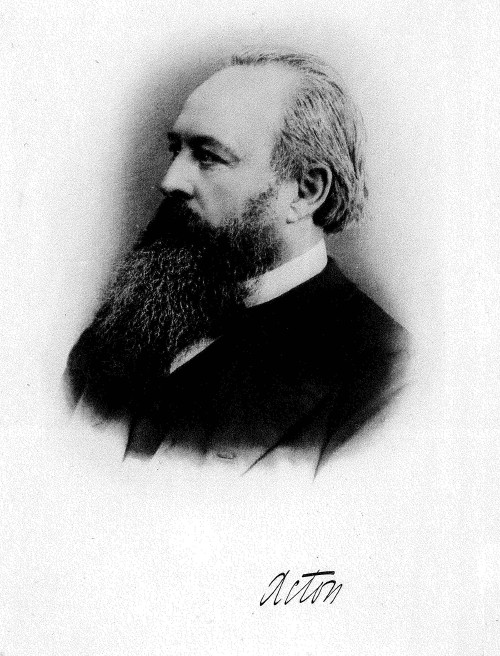
lf0030_figure_001.jpg
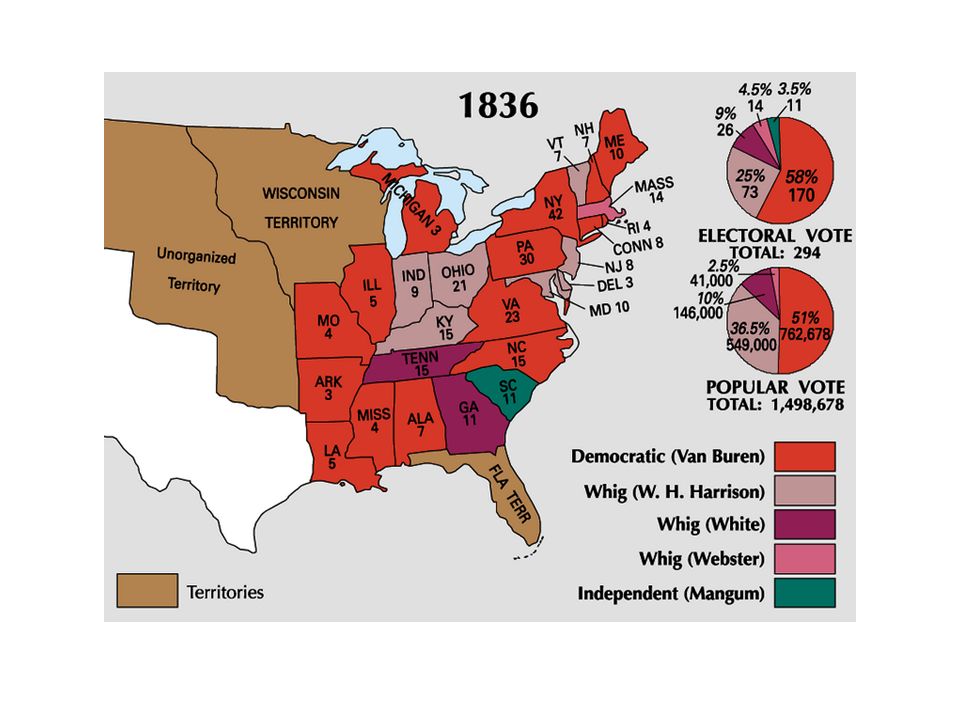
inevitableavoidable Spectrum of Causality inevitable “Irrepressible Conflict” school avoidable “Blundering Generation” school Spectrum of Causality. - ppt download

PDF) The Irrepressible Conflict: Reasons for the inevitability of the American Civil War

The Transcendental Politics of Theodore Parker (Chapter 1) - Romantic Reformers and the Antislavery Struggle in the Civil War Era
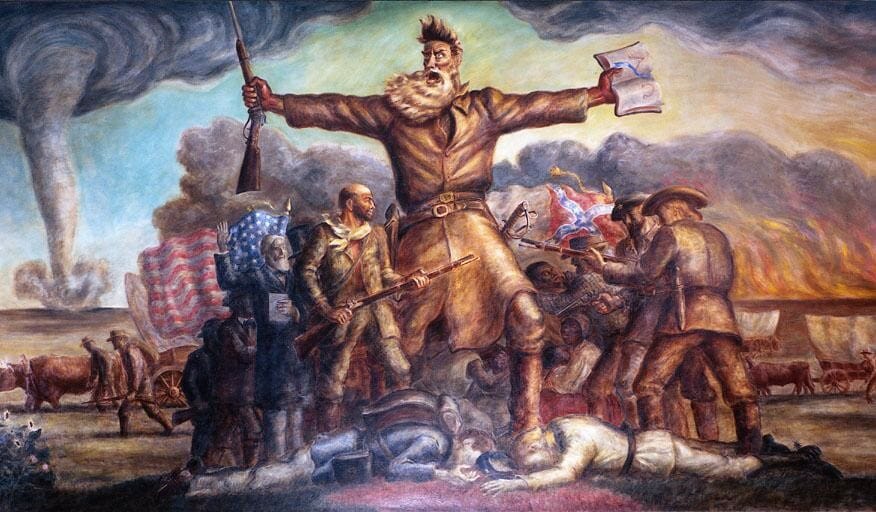
American History for Truthdiggers: A Broken Union (1851-1861) - Truthdig

PDF) The Irrepressible Conflict: Reasons for the inevitability of the American Civil War

The Crisis Sequence: The Case of Secessionism in Tuscaloosa County, Alabama - Leon - 2017 - Journal of Historical Sociology - Wiley Online Library

OUR ENGLISH FILES.; THE MURDER OF PRESIDENT LINCOLN.--Nature and Character of the Contest with the Rebellion.--LETTER FROM HISTORICUS. - The New York Times
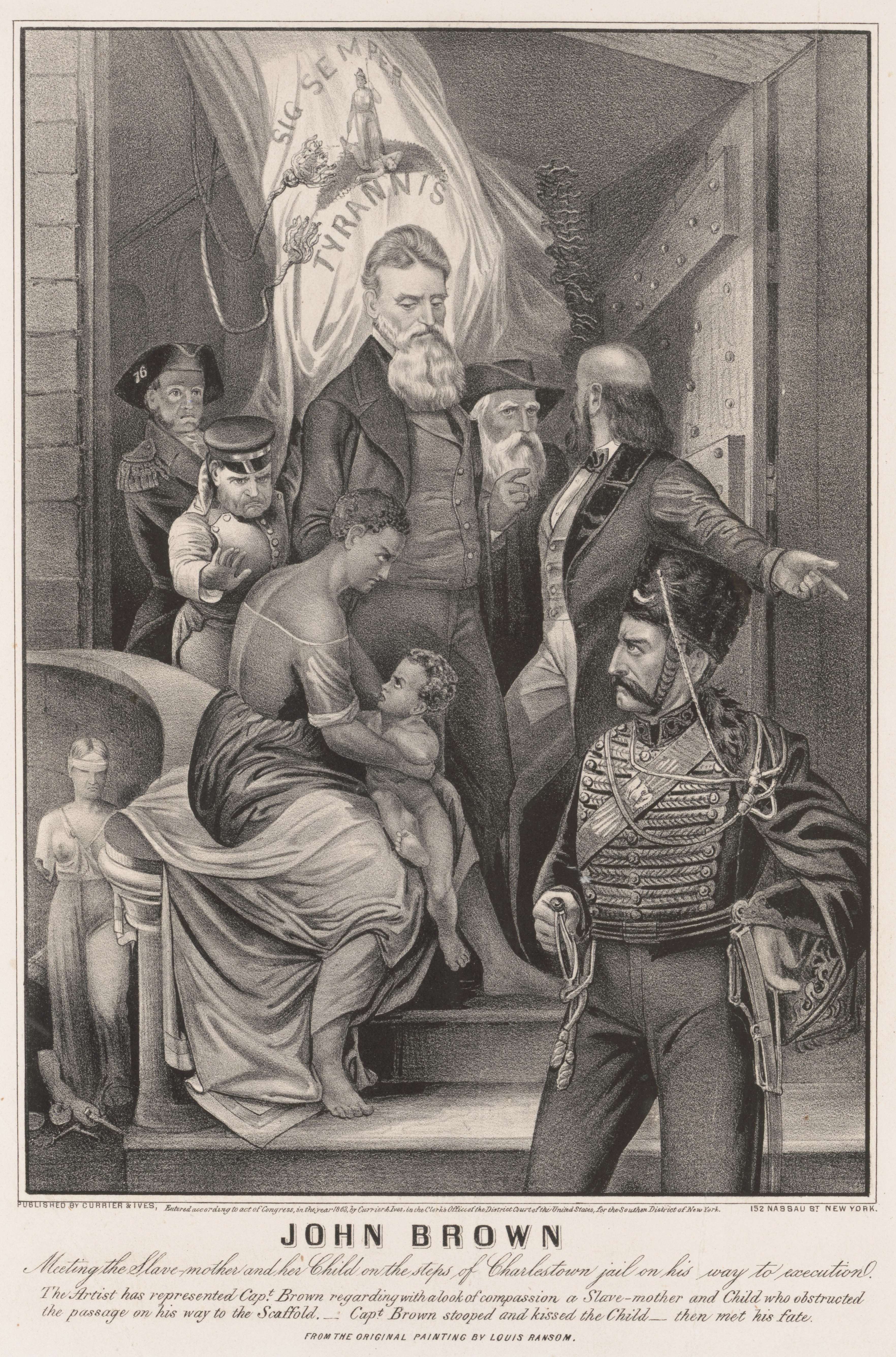
13. An Irrepressible Conflict – American History Told By Contemporaries
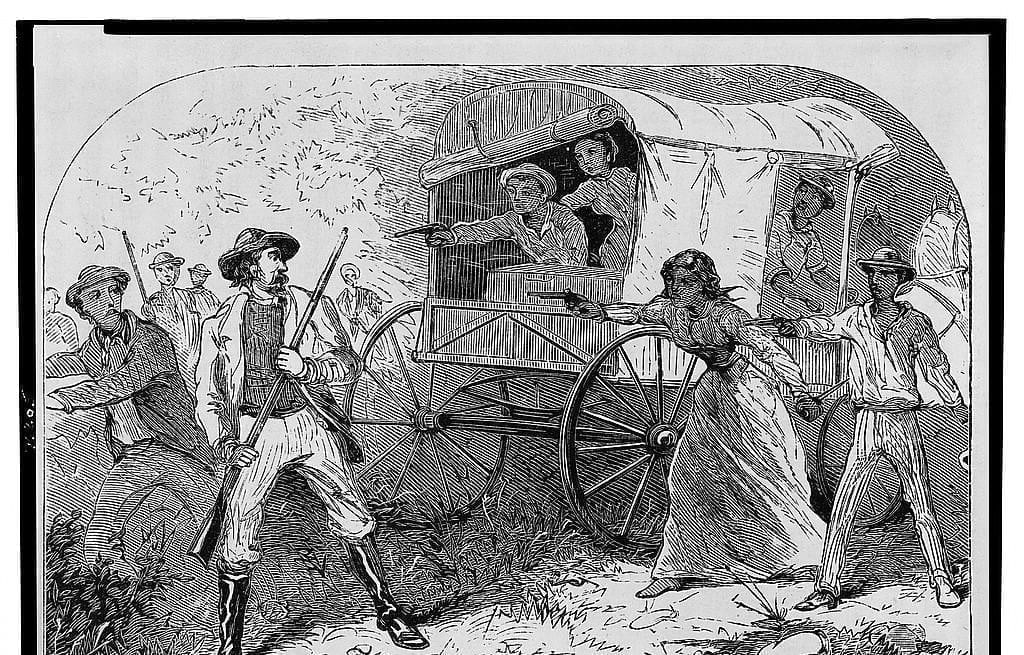
An Irrepressible Conflict”

Placing myself in the historiography « Freedmen's Patrol

The Souls of Black Folk Free Self Help Legal Information for Missouri Residents
Recomendado para você
-
 Generation of Giants: The Story of the Jesuits in China in the last Decades of the Ming Dynasty by George H. Dunne (1962-04-30)28 março 2025
Generation of Giants: The Story of the Jesuits in China in the last Decades of the Ming Dynasty by George H. Dunne (1962-04-30)28 março 2025 -
 Winter Festival 2021 2nd : r/GBO228 março 2025
Winter Festival 2021 2nd : r/GBO228 março 2025 -
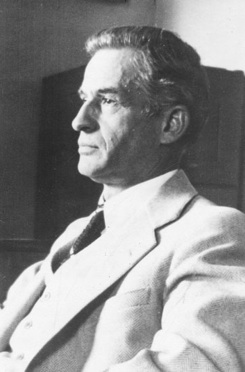 Journal of American History - Lincoln in the Journal of American History28 março 2025
Journal of American History - Lincoln in the Journal of American History28 março 2025 -
 The Civil War: An American Iliad Student of the American Civil War28 março 2025
The Civil War: An American Iliad Student of the American Civil War28 março 2025 -
 William Shatner on his 'blundering' guest role, doing good deeds and shrugging off a legacy28 março 2025
William Shatner on his 'blundering' guest role, doing good deeds and shrugging off a legacy28 março 2025 -
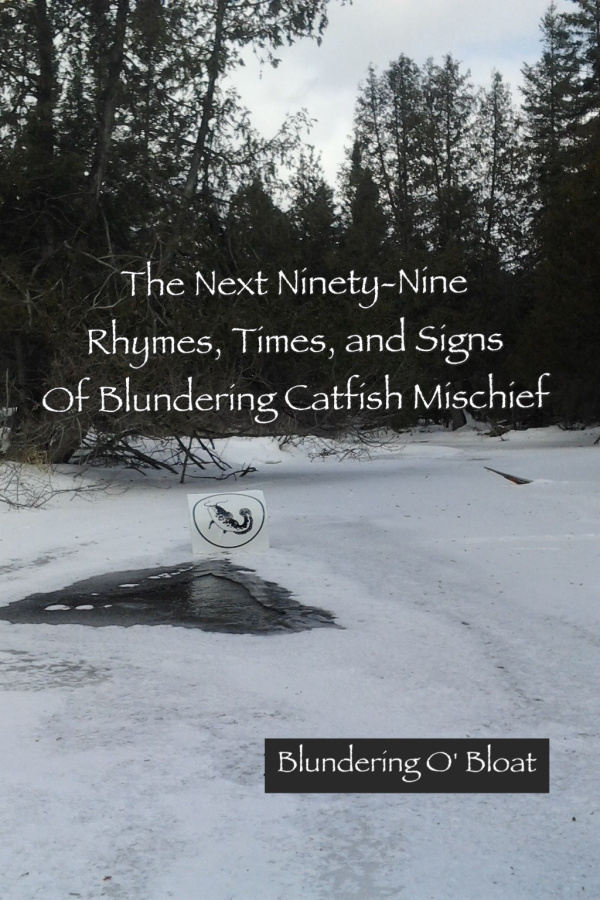 The Next Ninety-Nine Rhymes, Times, and Signs of Blundering Catfish Mischief28 março 2025
The Next Ninety-Nine Rhymes, Times, and Signs of Blundering Catfish Mischief28 março 2025 -
The causes of the American Civil War : Rozwenc, Edwin C. (Edwin Charles), 1915-1974 ed : Free Download, Borrow, and Streaming : Internet Archive28 março 2025
-
 Blundering BPL almost tossed rare 1800 book worth $19G – Boston Herald28 março 2025
Blundering BPL almost tossed rare 1800 book worth $19G – Boston Herald28 março 2025 -
 PDF) The Blundering Generation Revisited: James G. Randall28 março 2025
PDF) The Blundering Generation Revisited: James G. Randall28 março 2025 -
 PDF) The Irrepressible Conflict: Reasons for the inevitability of28 março 2025
PDF) The Irrepressible Conflict: Reasons for the inevitability of28 março 2025
você pode gostar
-
Purble Place - Como Jogar28 março 2025
-
♟️3D Chess Titans [Free Offline Game] for PC / Mac / Windows 7.8.10 - Free Download28 março 2025
-
 Pixilart - Epic Sans Phase 3 Sprite Sheet by Forsaken-bro28 março 2025
Pixilart - Epic Sans Phase 3 Sprite Sheet by Forsaken-bro28 março 2025 -
 Buy Your Ravenclaw Crest Hanging Ornament (Free Shipping) - Merchoid28 março 2025
Buy Your Ravenclaw Crest Hanging Ornament (Free Shipping) - Merchoid28 março 2025 -
 Blue Lock: 10 pairs of Blue Lock and Haikyuu characters who have28 março 2025
Blue Lock: 10 pairs of Blue Lock and Haikyuu characters who have28 março 2025 -
 FUTZone - EA SPORTS FC News 🔺 on X: 🚨BREAKING: It looks the28 março 2025
FUTZone - EA SPORTS FC News 🔺 on X: 🚨BREAKING: It looks the28 março 2025 -
 Leticia Draculea (Mondaiji-tachi ga Isekai kara Kuru Sou desu yo28 março 2025
Leticia Draculea (Mondaiji-tachi ga Isekai kara Kuru Sou desu yo28 março 2025 -
 Gb Advance Game Boy Sticker - Gb Advance Game Boy Animated28 março 2025
Gb Advance Game Boy Sticker - Gb Advance Game Boy Animated28 março 2025 -
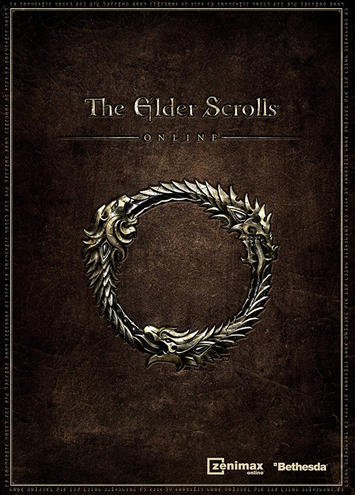 The Elder Scrolls Online – Wikipédia, a enciclopédia livre28 março 2025
The Elder Scrolls Online – Wikipédia, a enciclopédia livre28 março 2025 -
 Bolo simples de banana de liquidificador, receitinha da roça, amo fazer - Tudo de Receitas28 março 2025
Bolo simples de banana de liquidificador, receitinha da roça, amo fazer - Tudo de Receitas28 março 2025
